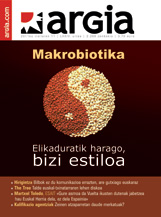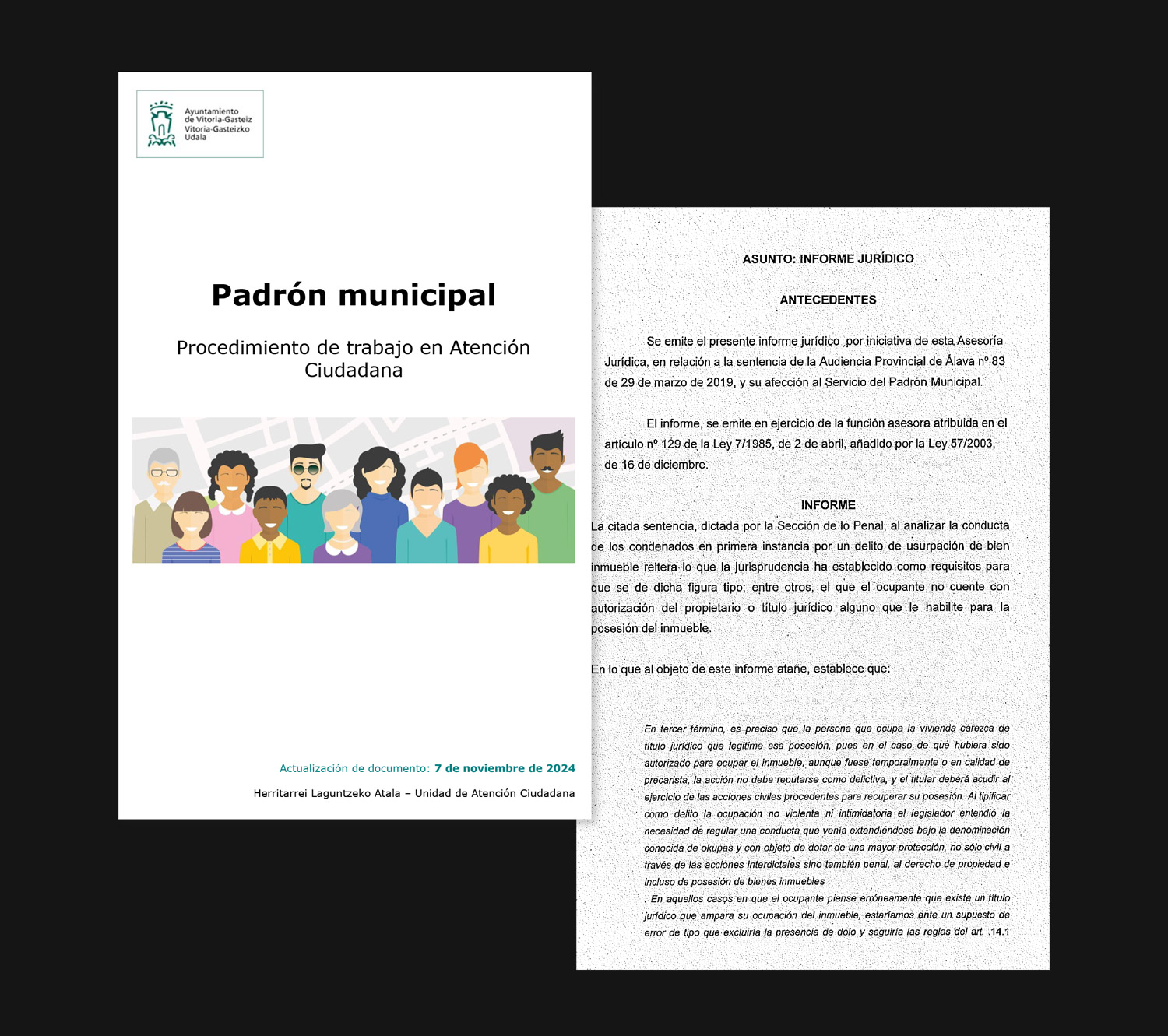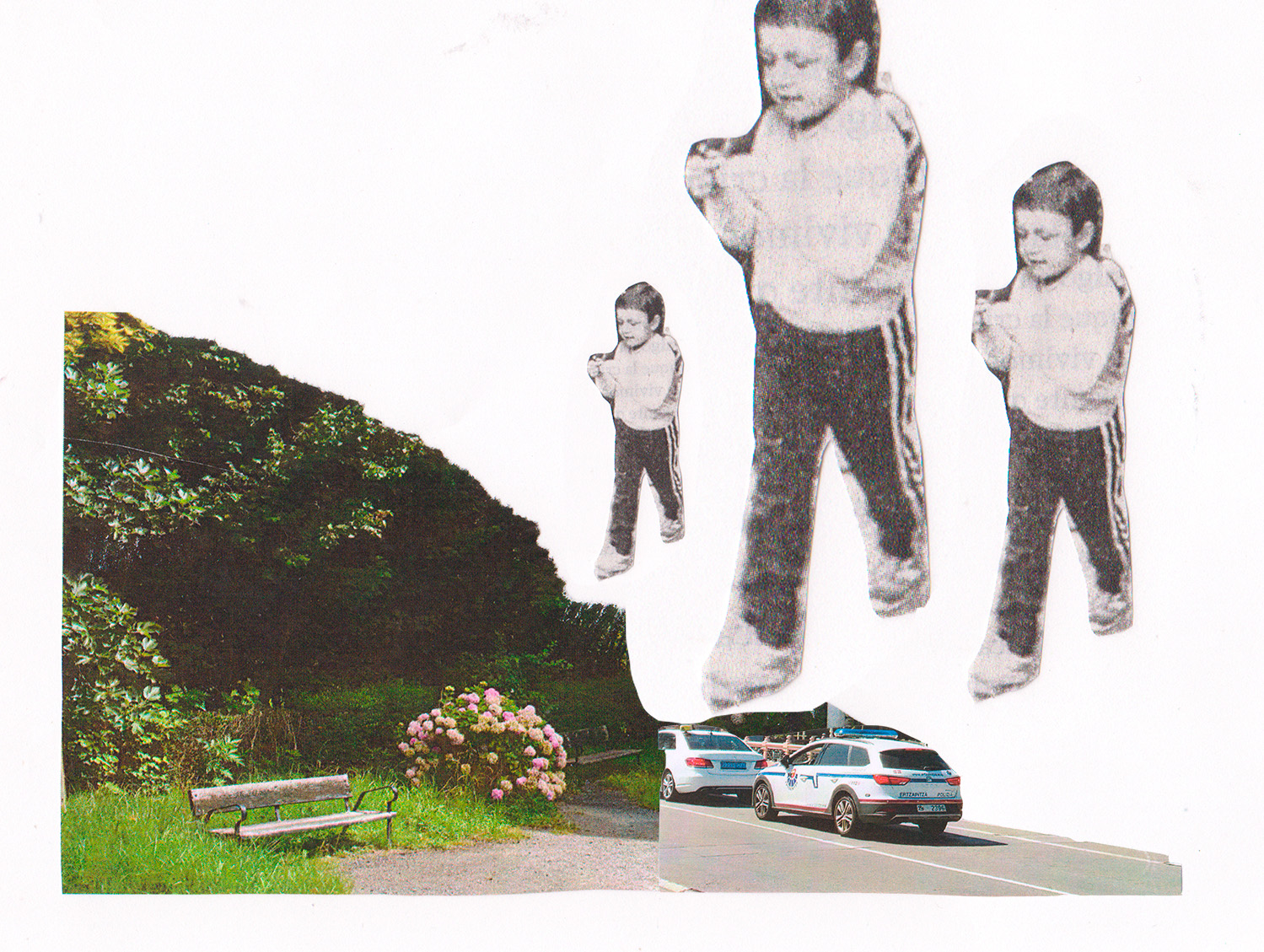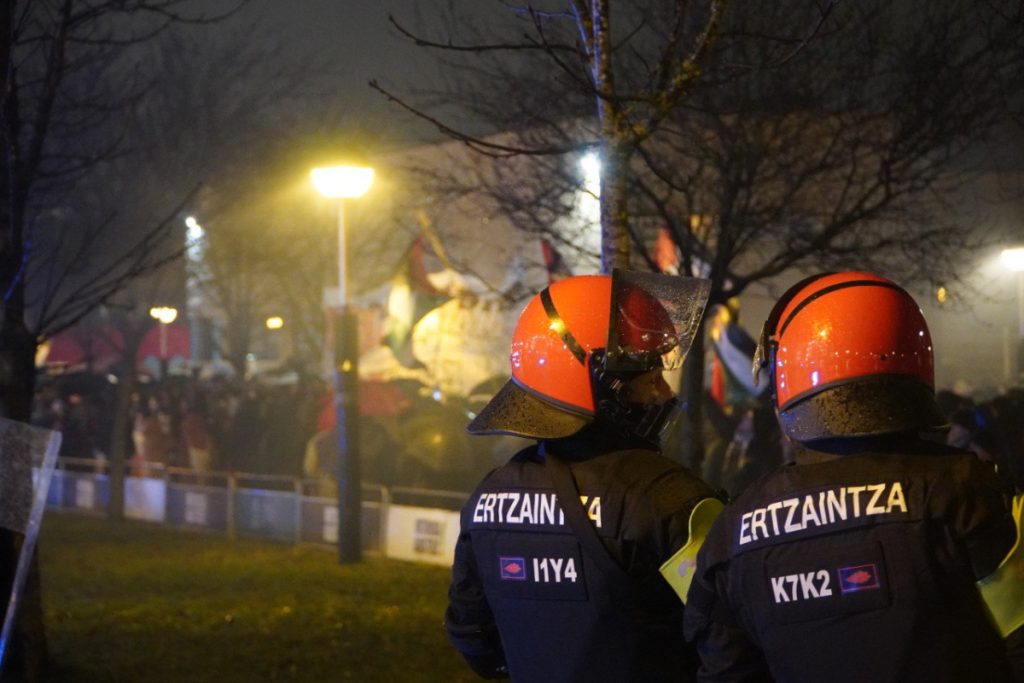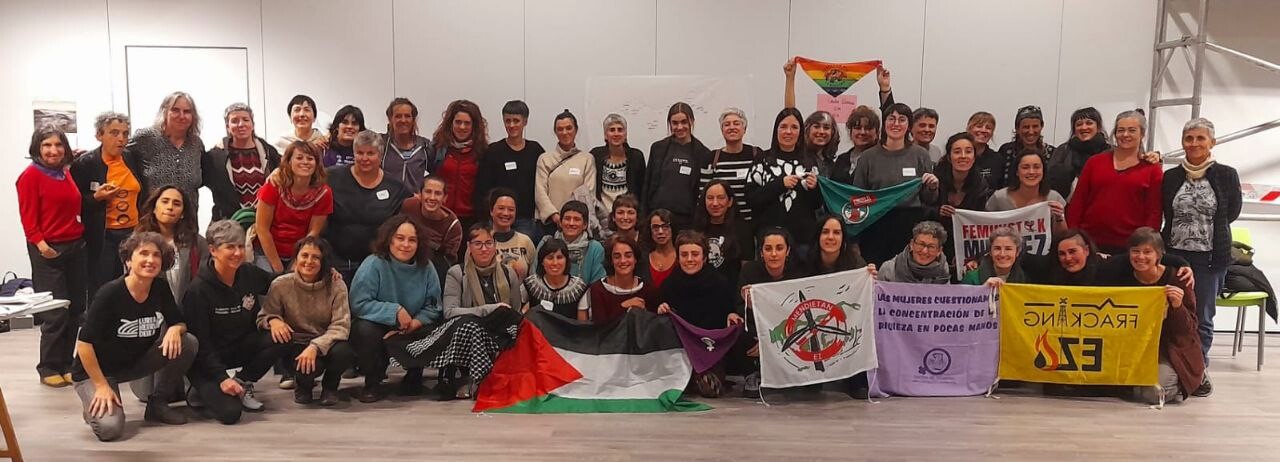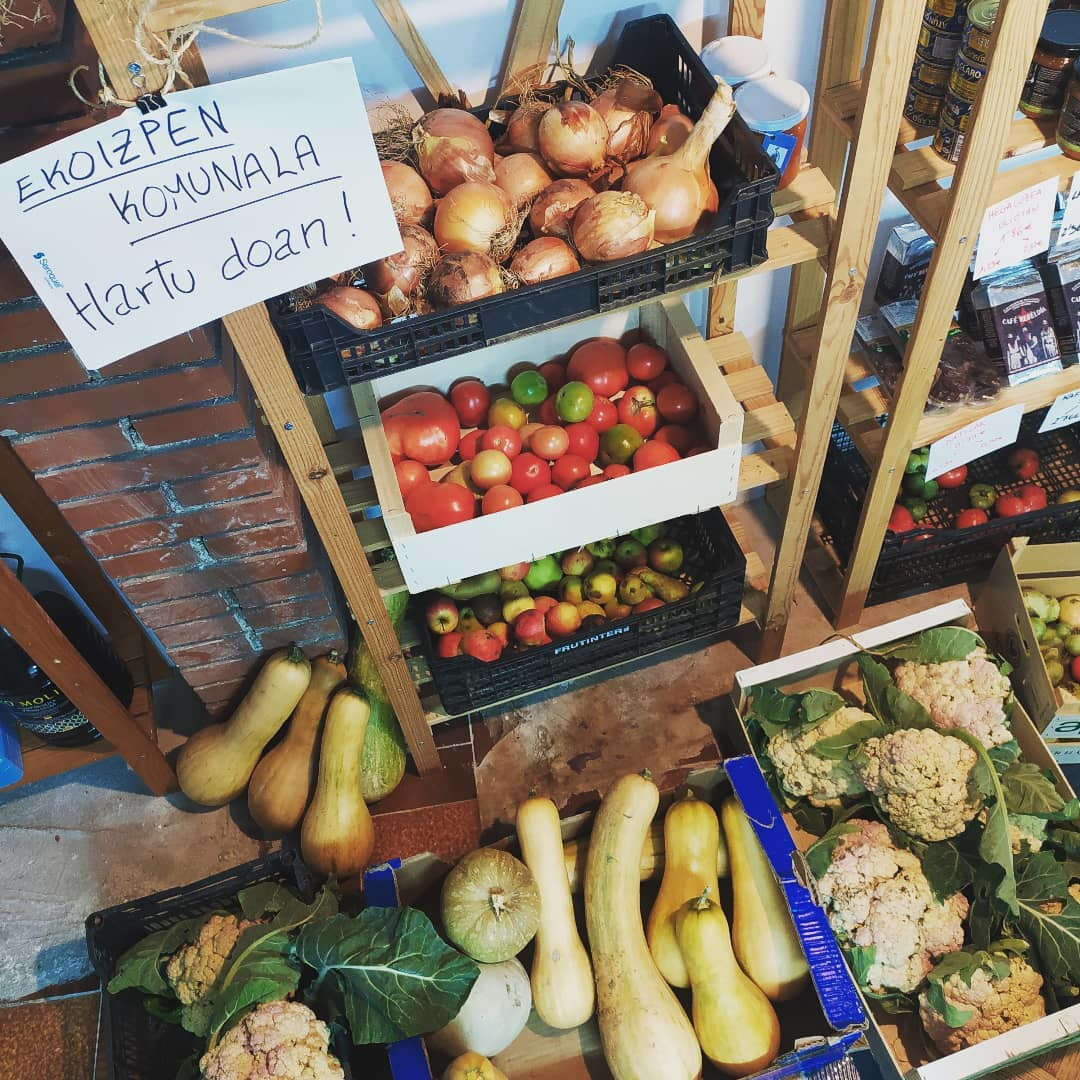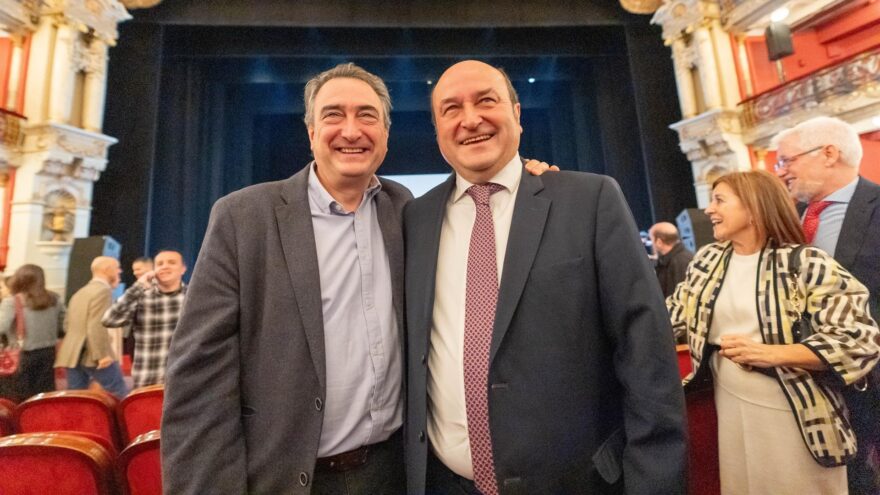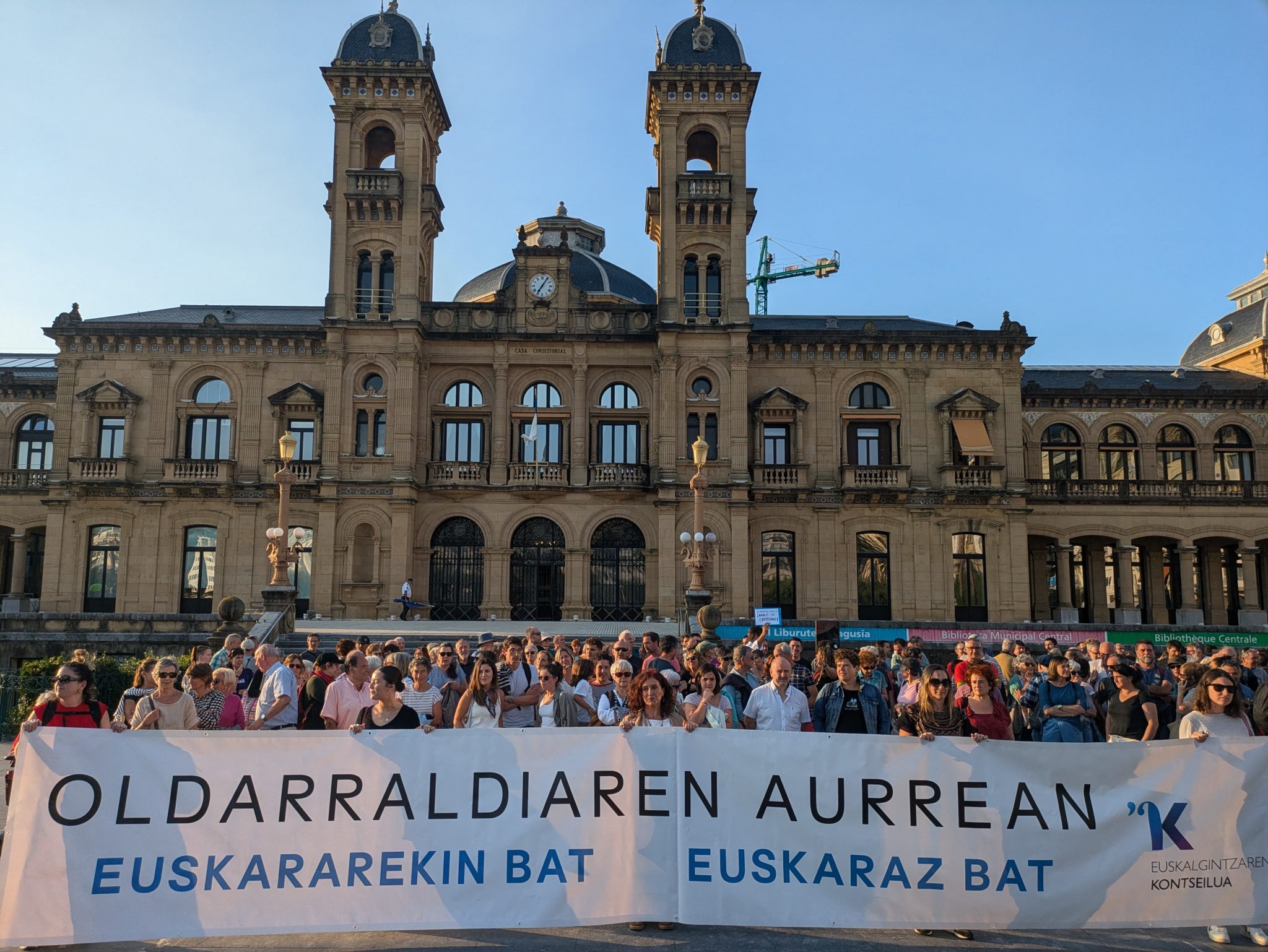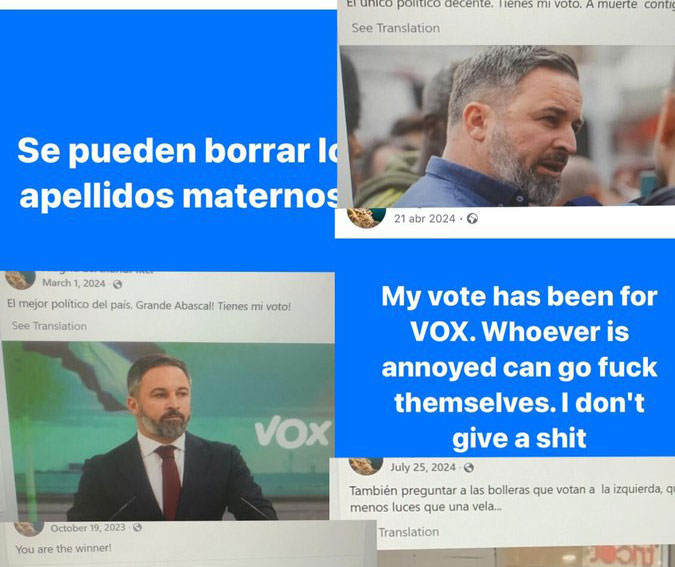Linguistic policy of the stone
- Galder Unzalu, from Deusto, received the second prize at the Gogoartu Awards of the Cluster of Sociolinguistics “Sugea dantzan: From She’s fashion to Bilbao euskaraz”. It is about the design and management of the public space of Bilbao and the place that occupies both communication and Euskera.
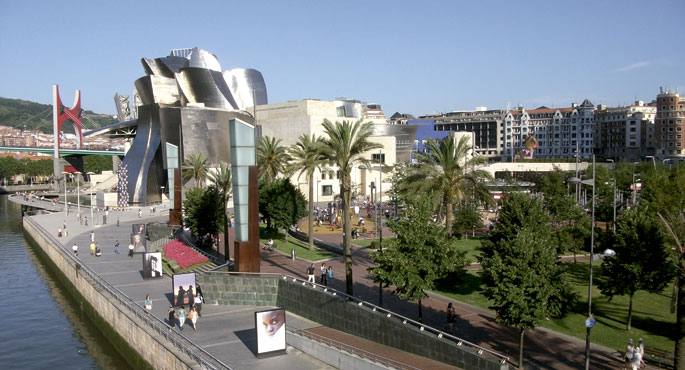
“The stone writes what ideology cannot say,” said thinker Slavoj Zizek in Pamplona and with it comes Galder Unzalu. He believes that ideology is built on stones, as is the ideology of class, gender and language. That urbanism is an open book that allows reading. “The city enters us and that influences linguistic practices, often unconsciously. You are or are not satisfied in a space.”
The urbanism of Abandoibarra (Bilbao) does not in itself help communication or relations between people. Also the Alhóndiga (multidisciplinary space), although sold as a covered plaza “is closed, there is no room to sit, it is dark...”.
If this new Bilbao does not facilitate communication, let alone communication in Basque. In the Alhóndiga, despite the fact that the posters are in bilingual, in the media the Basque workers and the cards of restaurants in Euskera, Unzalu believes that it is not receptive for the Basque as a space. From the official name. It is entirely in Spanish, AlhóndigaBilbao with tilde. The Alhóndiga, with its budget, has the opportunity to work a spectacular schedule, “but the Basque country does not appear anywhere, except for the children or in relation to the literature”. It says that the Basque country has a determined functional and spatial allocation. As in Bilbao, also in the Alhóndiga. Innovative things, theoretical debates -- they're done in Spanish. “The Basque is decorative. Only to justify the discourse of diversity they have used since the beginning.”
None of the infrastructures they have created for the future has a name in Basque. In the case of Zubiarte and Zubizuri, in the words of Unzalu, this is not an infrastructure for the world. The names of the buildings that look outside are in Spanish or English (Bilbao Exhibition Centre, Bilbao Arena). In the case of major events, the following is the case: Bilbao World Series, BBK Live... Needless to say, the same brand “Bilbao”. Also in advertising media covering complete buildings, due to the lack of municipal regulation, the presence of the Basque is anecdotal.
Mute group
Although the City of Bilbao drives Euskera, it is very concrete, according to Unzalu, and “you really do not want to give strength to Euskera in the decision-making spaces. In the institutional and urban brains, Euskera has a very concrete place: traditional Basque culture, children, parties... The Basque does, but in your corner, otherwise it becomes a problem.”
Shirley and Edwin Ardener defined women as a “silent group” and thus sees the Basque Unzalu as a group that does not have access to decision-making spaces. “The level of knowledge and use of Euskera in Bilbao is 4%”. If one reads the city from a gender point of view, in one place and in a few specific hours the woman is not welcome, the shape of the city leads the woman to some places and not others. He believes that something similar happens to the Basque Country.
According to the hegemonic discourse, “in Bilbao there has never been talk in Basque”. It has become clear over time that this is an endogenous language. In Bilbao it has always been done in Euskera, but it has had a concrete functional and spatial allocation: the domestic language for intimacy. It has not made the leap into public life. “At the fair of the Ribera with the baserritarras, or at home, or with the family in Euskera, but on the street with the neighbor erdaldune in Spanish.” In the opinion of Unzalu, the hegemonic discourse has tried to stabilize these allocations.
Nowadays, however, linguistic diversity predominates, and in the Biscayan capital lives more than one person who does not know Castilian. “In Bilbao Castellano always” is not valid. The City of Bilbao itself has also begun to use other languages, “even if it is in a testimonial way”. Although reality has overcome the discourse, the fact that for years “these supposed truths have been naturalized” has conditioned our linguistic practice and the Basques have united Bilbao with Castilian. As soon as they have left the train they have taken Spanish as their own language.
Unzalu has interviewed eleven people who have come to live in Bilbao and are the four people who relate Bilbao to Castilian. On the contrary, the two who have linked Bilbao to the Basque country have been foreigners, who did not even know that the Basque country existed. To these two, “the tearing up of the city itself, the living in it, has brought the connection between Bilbao and the Basque country.”
The Peruvian links the Gran Vía with the Romanian, since he has had to go to the Civil Government on numerous occasions and there, above all, because he has listened to that language. The Bolivian, meanwhile, unites Bilbao and the Basque in the Arangoiti neighborhood, a neighborhood that is actually Spanish for the Bilbaínos. The fact is that there is the Magisterium School and in the visit he made with a friend he heard most of the time in Basque. Therefore, Unzalu believes that if the UPV campus had been installed in Abandoibarra, for example, it would be much more Euskaldun. It is no coincidence, for example, that in the amusement park of Erripa there is a lot of Basque listening.
Ibaizabal and the revitalization of the Basque country
Muga, Euskera and Basque culture gradually gain ground, losing “ethicality”. Unzalu read to Lurdes Mendes that there are two kinds of artists in the world. On the one hand, white Americans and Germans, men. They're artists. The rest are ethnic artists. “He said ethnic, but, of course, women also come in. Ethicity is the brand of power that it uses to graduate people.” The same is true of “Basque” artists. But some have already lost this “Basque”, “fruit of the strength and social recognition of literature in Basque”. The loss of “Euskal” has made them part of the city, people referent in society. There are not many examples, but there is something in your opinion.
There are also those that theorists define as “misappropriation”. Although Abandoibarra is not designed to be enjoyed in the lounge, people have been looking for her corner. The same has happened with Euskera: “For example, when a txosnas area is installed at the Deusto festivities under the Euskalduna Bridge. Or they are also inappropriate appropriations of oneself when speaking in Euskera in decision-making spaces”.
Unzalu has welcomed the Ibaizabal as a metaphor for the progress made. In his view, the bank of Abandoibarra is purposely designed to get away from the river, contrary to what is happening in several European cities. “In Bilbao the dirty image of the river has not changed. It is not allowed as an area of use, but people have overcome it.” People have gradually pushed for inappropriate appropriation; they are the kukañas of the feasts, the piraguas, the Psybloc Series climbing championship, the triathlons... Unzalu believes it is a useful symbol for the Basque people. “It’s been underneath, not accepted, hidden, but it’s coming out because of concrete factors. Just as the river has been revitalized, the Basque country is also recovering. Cleaning up the image, removing stigma. The Basque country has to get a place in the center of the imaginary of the city.”
Sometimes I don't know if it's too much. That we're eating a pipe, that we're talking about anything else, that we're bringing it up. We like to speak aloud, to leave almost no pause, to cover the voices, to throw a bigger one. Talk about each one of them, each one of them, what we... [+]
Pilar Calcada is part of the Cedars group. On January 15th, the group called to take advantage of the “excellent opportunity” that will exist in the coming years to boost the arms industry, in an ostentatious event that resonated a lot. According to the study of the... [+]









